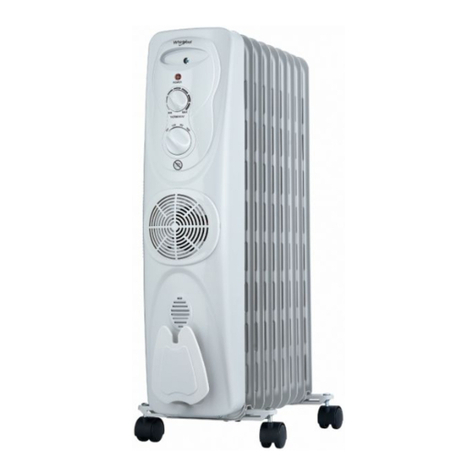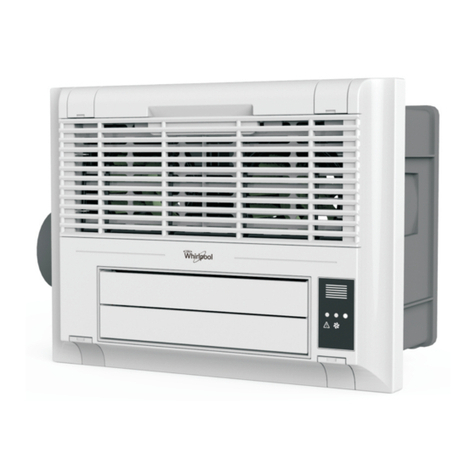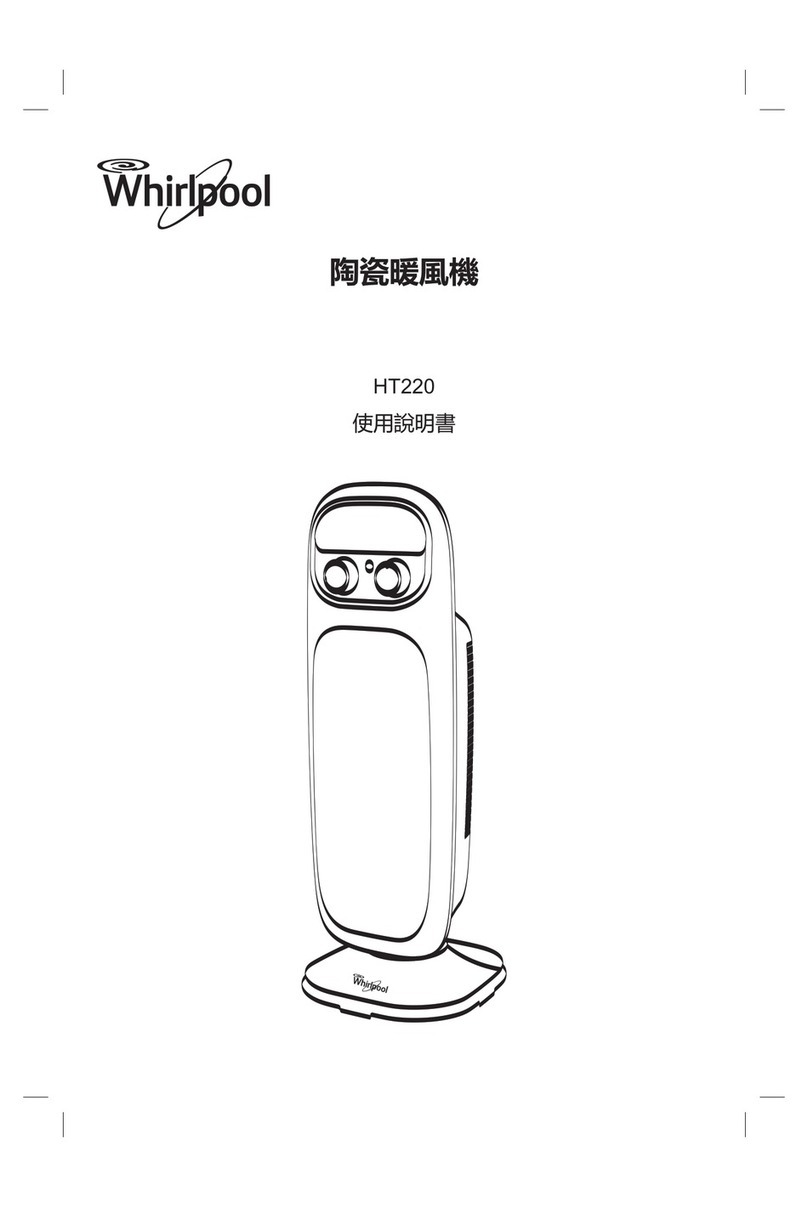
UPFLOW/DOWNFLOW CASED EVAPORATOR COIL
INSTALLATION INSTRUCTIONS
EVAPORATOR COIL SAFETY
Recognize this symbol as a safety precaution.
Recognize Safety Symbols, Words and Labels
The following symbols and labels are used throughout this
manual to indicate immediate or potential hazards. It is the
owner’s responsibility to read and comply with all safety
information and instructions accompanying these symbols.
Failure to heed safety information increases the risk of serious
personal injury or death, property damage and/or product
damage.
IMPORTANT:
The United States Environmental Protection Agency
(EPA) has issued various regulations regarding the introduction and
disposal of refrigerants in this unit. Failure to follow these regulations
may harm the environment and can lead to the imposition of
substantial fines. These regulations may vary by jurisdiction. A
certified technician must perform the installation and service of this
product. Should questions arise, contact your local EPA office.
This product is designed and manufactured to permit installation
in accordance with national codes. It is the installer’s
responsibility to install this unit in accordance with national codes
and/or prevailing local codes and regulations.
INSTALLATION REQUIREMENTS
These instructions are intended as a general guide only for use by
qualified persons and do not supersede any national or local
codes and regulations in any way. Compliance with all local,
state, or national codes and regulations pertaining to this type of
equipment should be determined prior to installation.
Read this entire instruction manual, as well as the instructions
supplied in separate equipment, before starting the installation.
All models are designed for indoor installation only.
Install the conditioned air plenum, ducts and air filters (not provided)
in accordance with NFPA 90B Standard for the Installation of Warm
Air Heating and Air-Conditioning Systems (latest edition).
Air filters (not provided) must be listed as Class 2 furnace air filters.
Whirlpool®Models: WCC
WPIO-284B
Table of Contents
EVAPORATOR COIL SAFETY .......................................................1
INSTALLATION REQUIREMENTS ................................................1
Tools and Parts ............................................................................2
System Requirements..................................................................2
Location Requirements ................................................................2
Drain Requirements......................................................................2
INSTALLATION INSTRUCTIONS ..................................................2
Inspect Shipment .........................................................................2
Install Upflow/Downflow Evaporator Coil ....................................2
Install Condensate Drains ............................................................3
Verify Orifice Size .........................................................................3
Connect Refrigerant Lines............................................................3
ASSISTANCE OR SERVICE...........................................................4
Accessories ..................................................................................4
Hazards or unsafe practices could result in property
damage, product damage, severe personal injury or death.
Hazards or unsafe practices may result in property
damage, product damage, personal injury or death.
WARNING
CAUTION
Hazards or unsafe practices may result in property
or product damage.
CAUTION
Installation and repair of this unit should
be performed ONLY by individuals meeting
the requirements of an “Entry Level Technician”
as specified by the Air-Conditioning, Heating and
Refrigeration Institute (AHRI). Attempting to
install or repair this unit without such background may
result in product damage, personal injury or death.
WARNING
HIGH VOLTAGE!
WARNING
Disconnect ALL power before servicing.
Multiple power sources may be present.
Failure to do so may cause property damage,
personal injury or death.


























